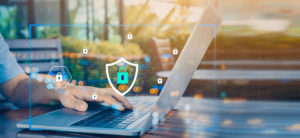When you’re trying to protect your data, it’s necessary to keep tabs on both your infrastructure and the ways in which employees interact with various programs and hardware. We’ll look at how the right technology can solve problems, regardless of where they start and when they’re discovered.
What's the Biggest Risk?
By far, the biggest risk for data exposure is phishing. Hackers make their living by tricking people into downloading malware or accidentally revealing sensitive information. If your employee can’t tell the difference between an email from their boss and an email from a hacker, they’re exceptionally liable to click on something they shouldn’t.
Every year phishing techniques evolve into ever-more sophisticated scams that fool countless users across the country. To avoid getting caught up in the lucrative business of hacking, spam filters can drastically reduce the number of phishing emails that wind up in an employee’s inbox. Still, phishing is particularly difficult to detect, and some will land in your employees’ inboxes.
The best technology in the world won’t be able to replace effective employee training, but it may help you avoid a PR disaster by keeping everyone’s data out of the wrong hands.
Thinking Ahead
Encryption is a security tactic that starts with the premise that the data has already been stolen. It manages to turn readable data into useless code if the wrong person tries to view it. So if a hacker does manage to infiltrate a company’s hardware or software, they might see a mess of unintelligible letters and numbers. Or they might simply get a prompt requesting the proper authorization credentials.
If they can’t supply the right codes, all of their efforts were for nothing. With encryption, you can protect the information stored on the hard drives of all workstations even after a criminal has already found a way to take it.
Protecting from Within
Not all cybercriminals live overseas or in basements. Employee crimes of opportunity can be as simple as an employee idly exploring the miscellaneous files on a company laptop. If they see something valuable, all they have to do is copy the information onto a USB or external drive.
With more and more people working from home, encryption can be a handy way to limit acts of data theft or even corporate espionage. Encryption helps company leaders both create and enforce strict rules of authorization. Plus, it may even alert decision-makers to potentially dangerous employees.
You can also set up an automatic lock for employee workstations after a certain amount of inactivity. This makes it harder for other employees to glance over and see sensitive information that they normally wouldn’t have access to. So if someone forgets to lock their computer for their coffee break, there’s no need to panic.
Protecting from Without
Considering the number of devices in use today, network separation has become tantamount to company security. You may trust your employees’ intentions and general network infrastructure, but they aren’t the only potential threats.
Every time a guest connects an unknown device to your private network, there’s an opportunity for a breach. A solid guest network will provide a convenient way for visitors and employees to access the internet without being able to access any company information during their session.
Additional Precautions
Protecting your data means covering all your bases:
- Segmentation: Organize your data based on who needs access to it. This way, everyone has what they need to do their jobs without unnecessary cross-over.
- Routine patching: If there are security holes in your software (and there usually are), regular patching ensures that they're fixed as soon as they're discovered. This step can also improve both the speed and security of your network.
- Vulnerability Scans: A vulnerability scan identifies potential weaknesses across all the devices in your network. It gives companies the chance to resolve the flaws before they turn into a leak.
- 2-factor authentication: With 2-factor authentication, an employee needs at least two ways to verify their identity. This is a simple but effective way to cut back on fraud of all kinds.
- Password rules: You can change your admin policies to ensure that passwords automatically expire after a certain time frame, whether it's on a company or cloud server. Set new rules to make passwords more complex as an additional way to ward off a motivated thief.
- Compliance: Upgrading your corporate security to be aligned with the gold standard of compliance, otherwise known as SOC compliance, is a great way to implement the best practices in the industry. Plus, it's a great way to coax bigger clients to your doorstep (and more lucrative contracts).
Data security and protection is never easy, no matter what kind of business or organization you run. Smaller companies don’t always have the time to put security front and center and larger companies often have so many moving parts that it’s common to lose track of who’s doing what. Having the right managed IT services can go a long way toward anticipating any holes in your infrastructure so you can enjoy a more stable network.
Wondering how secure your infrastructure is? Request a free security assessment today.






